Bontrager MTB accessories - a comprehensive range overview
A guide to Bontrager's range of mountain bike parts and accessories
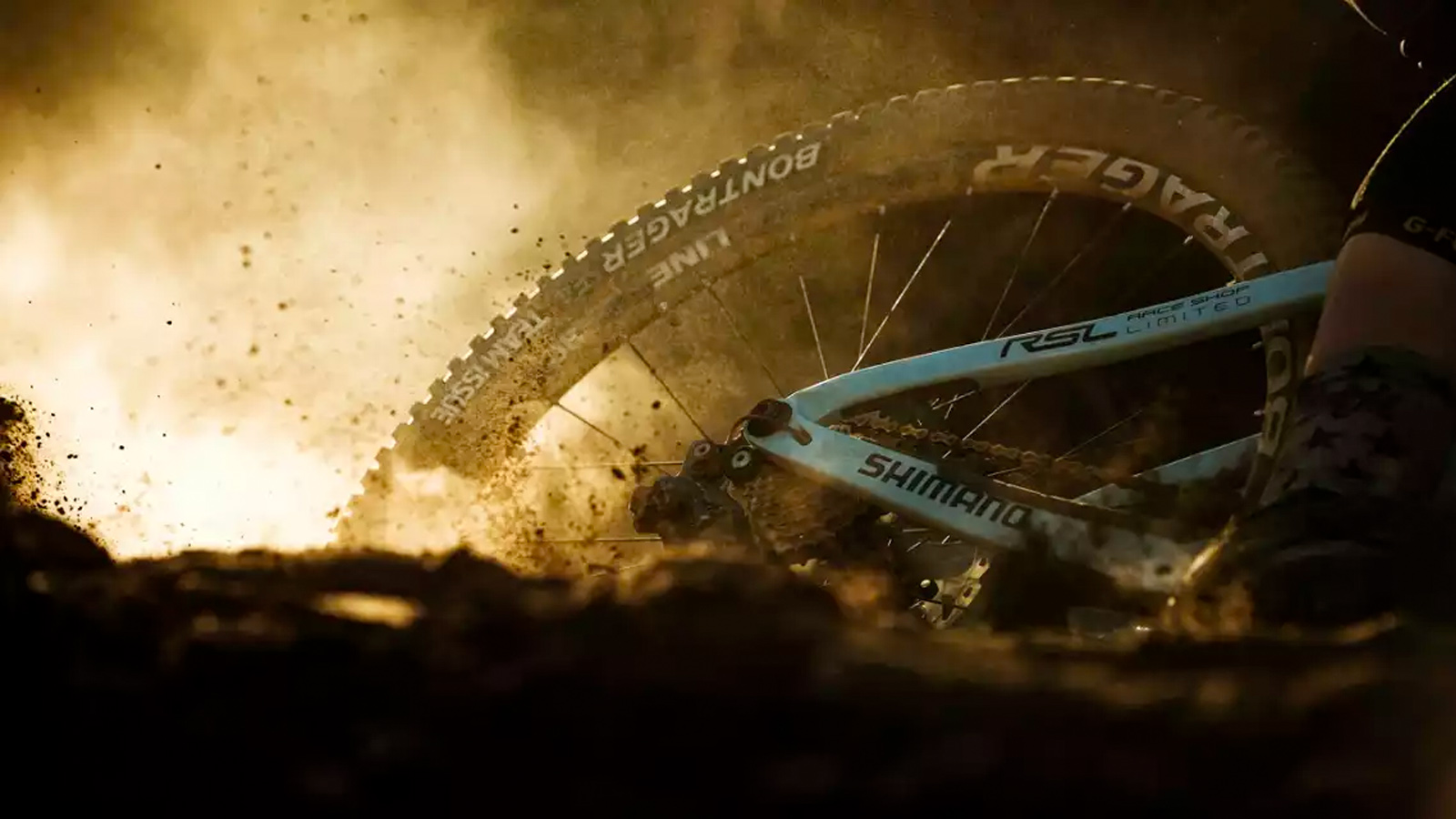
Back in the 1980s, Keith Bontrager was a frame builder and a notorious tinkerer. Known for coining the phrase 'strong, light, cheap — pick two' he built some of the most sought after steel mountain bike frames before Trek purchased his brand in the early 1990s.
Now serving Trek’s in-house component brand, Bontrager makes everything from wheels and handlebars to helmets at lights and even tyres.
Scroll down to see Bike Perfect's roundup Bontrager's range of parts and accessories 2020.
Tyres
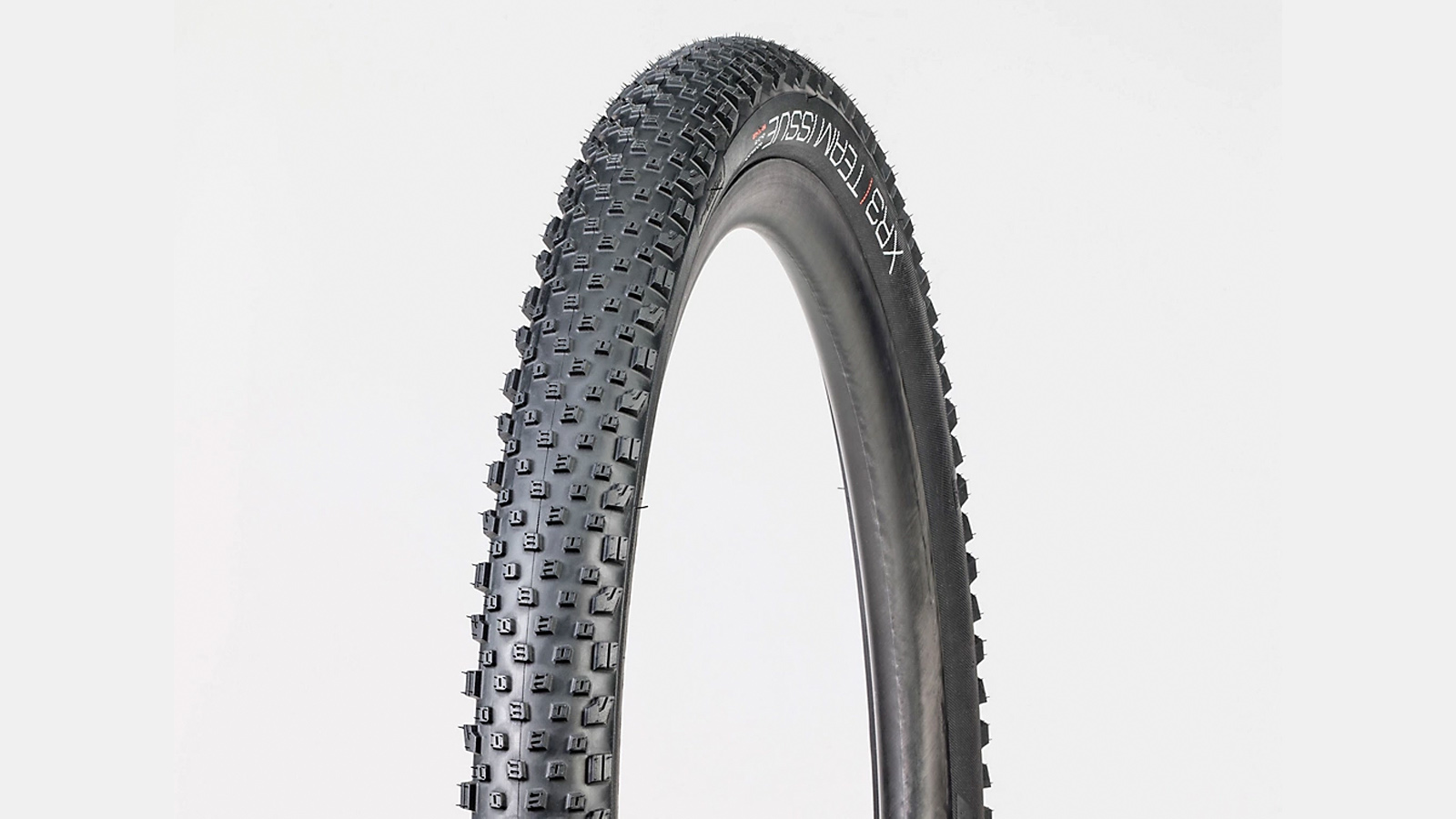
XR3 Team Issue
Specifications
Reasons to buy
Reasons to avoid
Bontrager’s XR range spans the XC and trail categories, and as the number goes higher, the tread gets more aggressive. The XR3 sits in the middle of the range and adopts the centre tread and transition knobs from the XR2 and the shoulder blocks from the XR4. This amounts to a fast-rolling tyre that is still meaty enough to hook up in the corners on techy trails.
We like the Team Issue spec as the 120 TPI carcass is fast-rolling and supple, while the Inner Strength casing is resistant to cuts from sharp rocks.
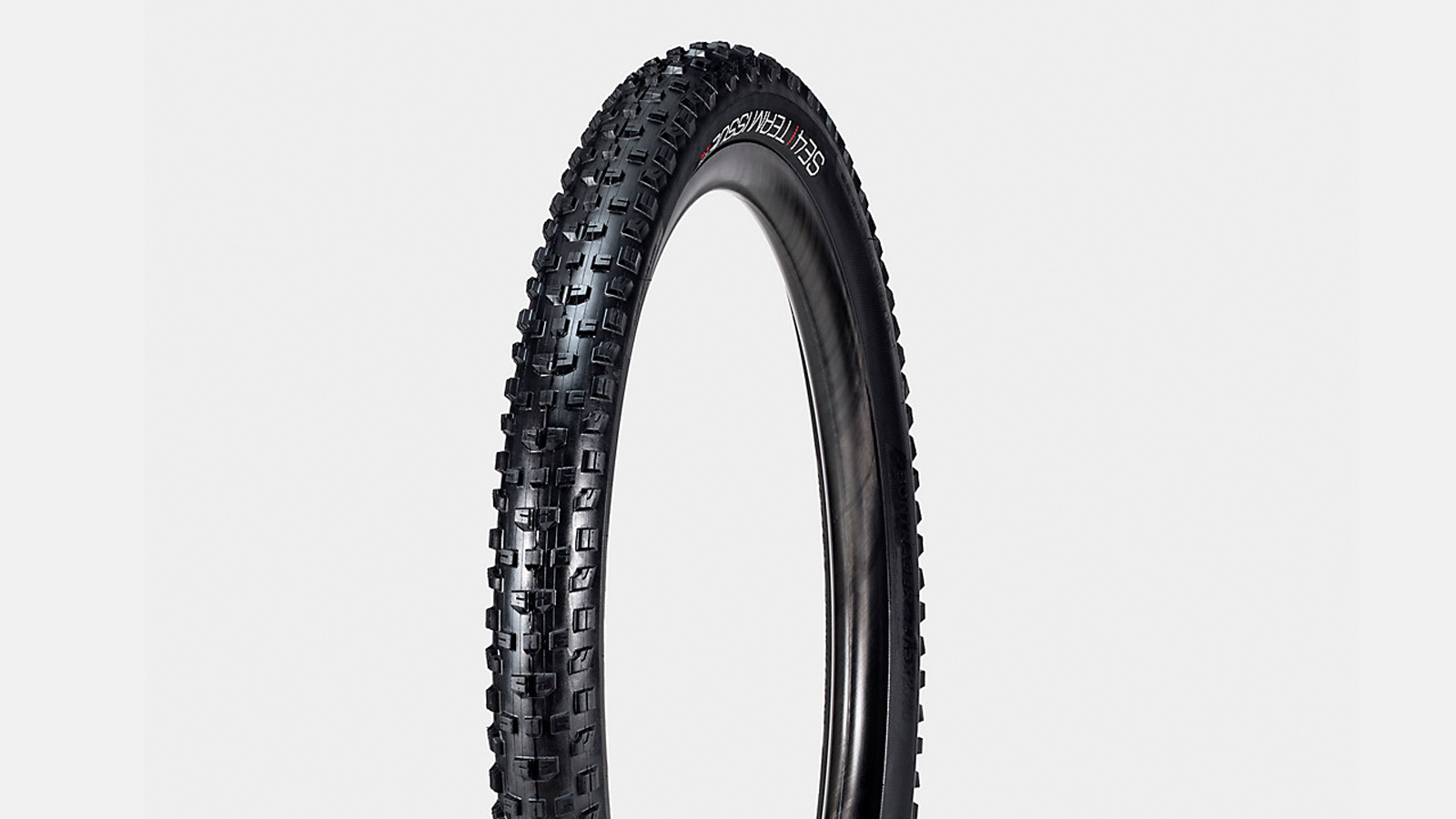
XR4 Team Issue
Specifications
Reasons to buy
Reasons to avoid
The XR4 takes is a step up from the XC-friendly XR3 and swaps the short flat centre blocks for 3-2-3 siped knobs. On the edges, the shoulder tread alternates from square to angled with siping throughout to add purchase. The round profile provides consistent grip- no matter the lean angle - and it's ideal in loose and rocky conditions.
The Team Issue version has a 120 TPI carcass that offers a luxurious plush feel over rocks as well as offers an additional 60 TPI Inner Strength reinforcement layer to help stave off pointy trail features.

SE4 Team Issue
Specifications
Reasons to buy
Reasons to avoid
The SE4 Team Issue tyre uses the same tread pattern as the XR4 but features a burlier casing and a different rubber compound. With was Bontrager calls the Core Strength casing, the SE4 sees reinforced sidewalls and additional protection under the tread. Rather than taking the reinforcement from bead to bead it’s split to prevent the tyre from becoming stiff and uncompliant.
The tread is made from a slightly softer compound to create more grip; almost every block is siped to help the knobs eke out as much traction as they can.
Bars
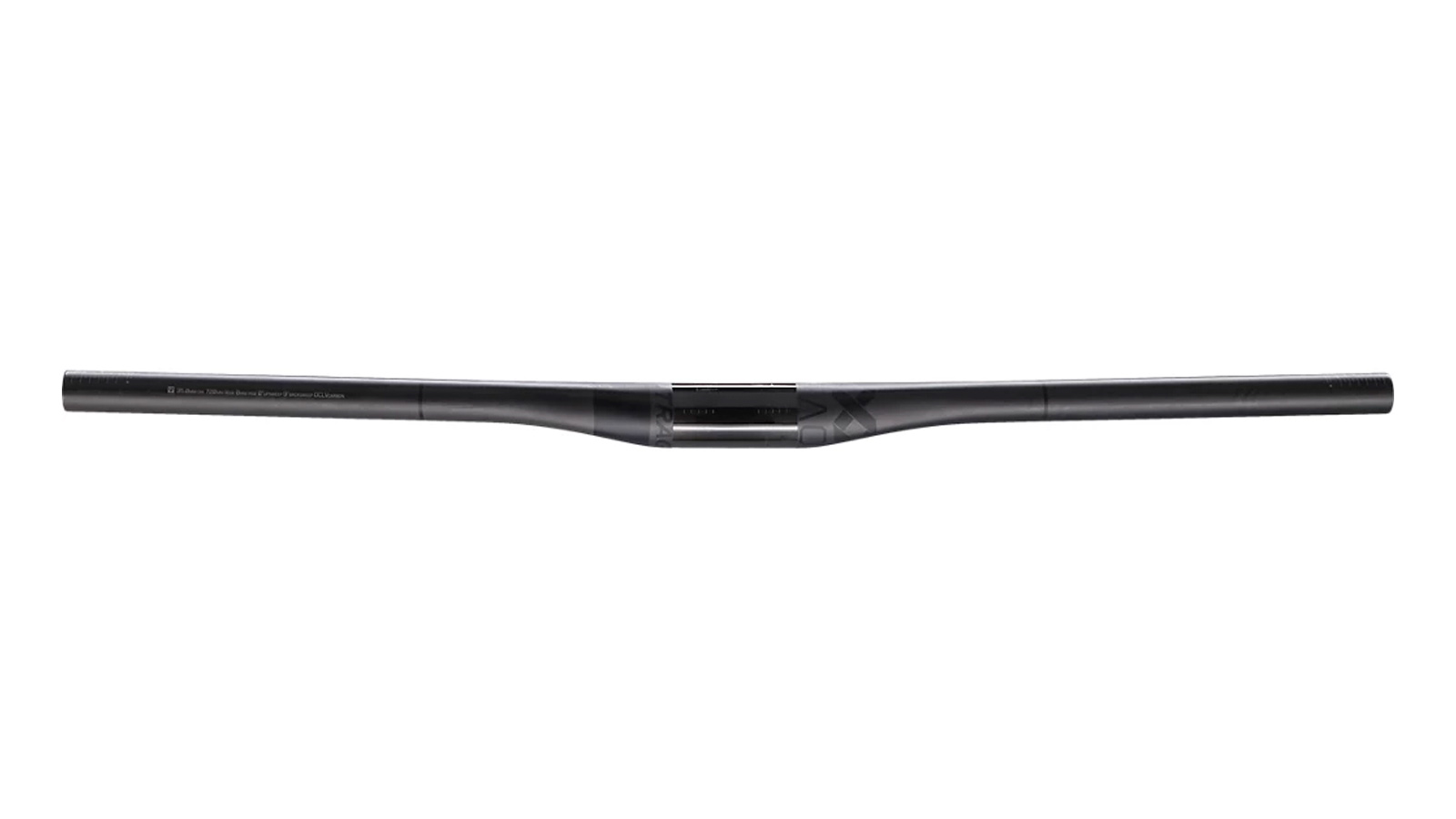
Kovee XXX Carbon 35
Specifications
Reasons to buy
Reasons to avoid
With an oversized 35mm clamp the Kovee XXX carbon handlebar is the lightest Bontrager makes - it weighs just 133g. With a nine-degree backsweep and no upsweep, this bar was designed for the bonafide cross-country racer.
It features brake and shifter position markers to help set things up as well as 'trim lines' so you can precisely trim it to your preference — granted, at 720mm in width, we can’t imagine you’d want to take much off the ends.
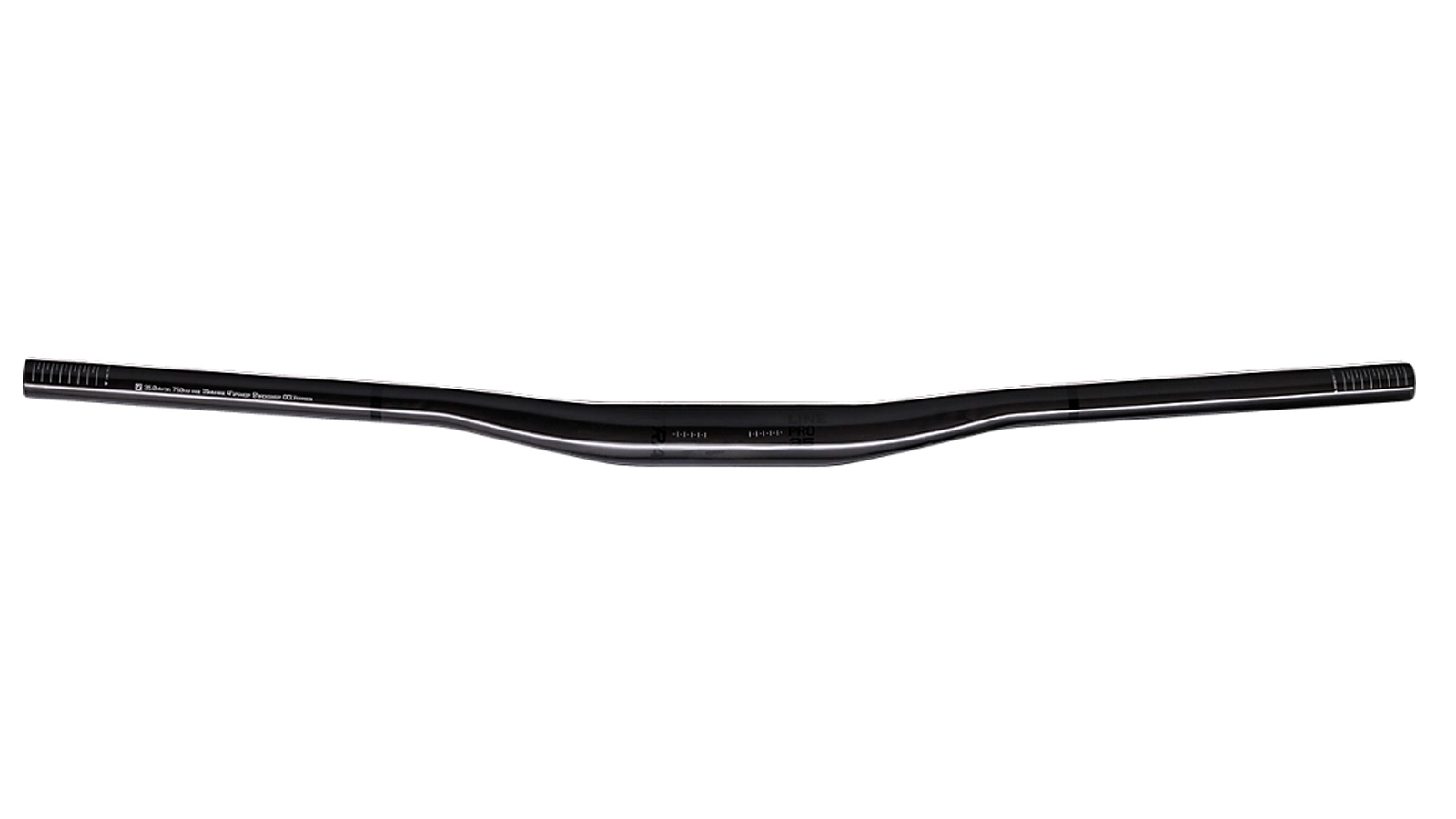
Line Pro 35mm handlebar
Specifications
Reasons to buy
Reasons to avoid
Bontrager’s Line bar is an all-round option for trail and enduro riders - in fact, the bar geometry is so progressive that it's not unusual to see it adorning the bikes of XC whippets who have jumped on the wide-bar short-stem train.
With a 35mm clamp diameter, it comes in 14mm and 27.5mm rise and has a 9-degree backsweep. The ‘Pro’ version is made from Trek’s OCLV carbon fibre with sizing ranging from 750mm to ultra-wide 820mm widths.
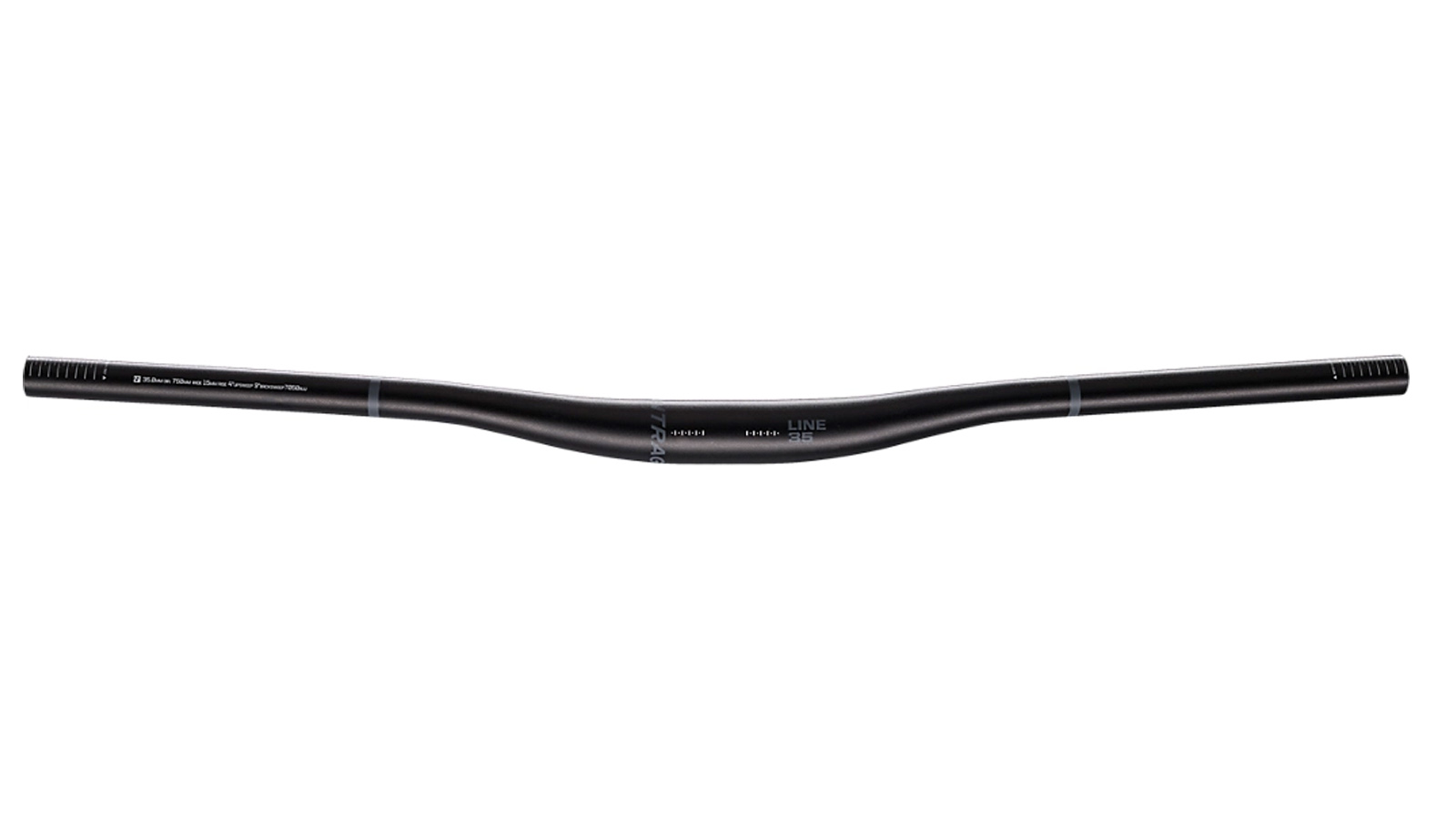
Line 35 handlebar
Specifications
Reasons to buy
Reasons to avoid
If you’re set on a bolting a set of Bontrager bars to the front of your bike and like the specs of the Line Pro option but can’t justify the price — there is an alloy version.
They have the same dimensions, including the 35mm clamp area, 750mm or 820mm width and options for 27.5mm rise and a 15mm rise. The bar itself is made from quad tapered 7050 T-G aluminium tipping the scales at about 300g depending on the size.
Saddles
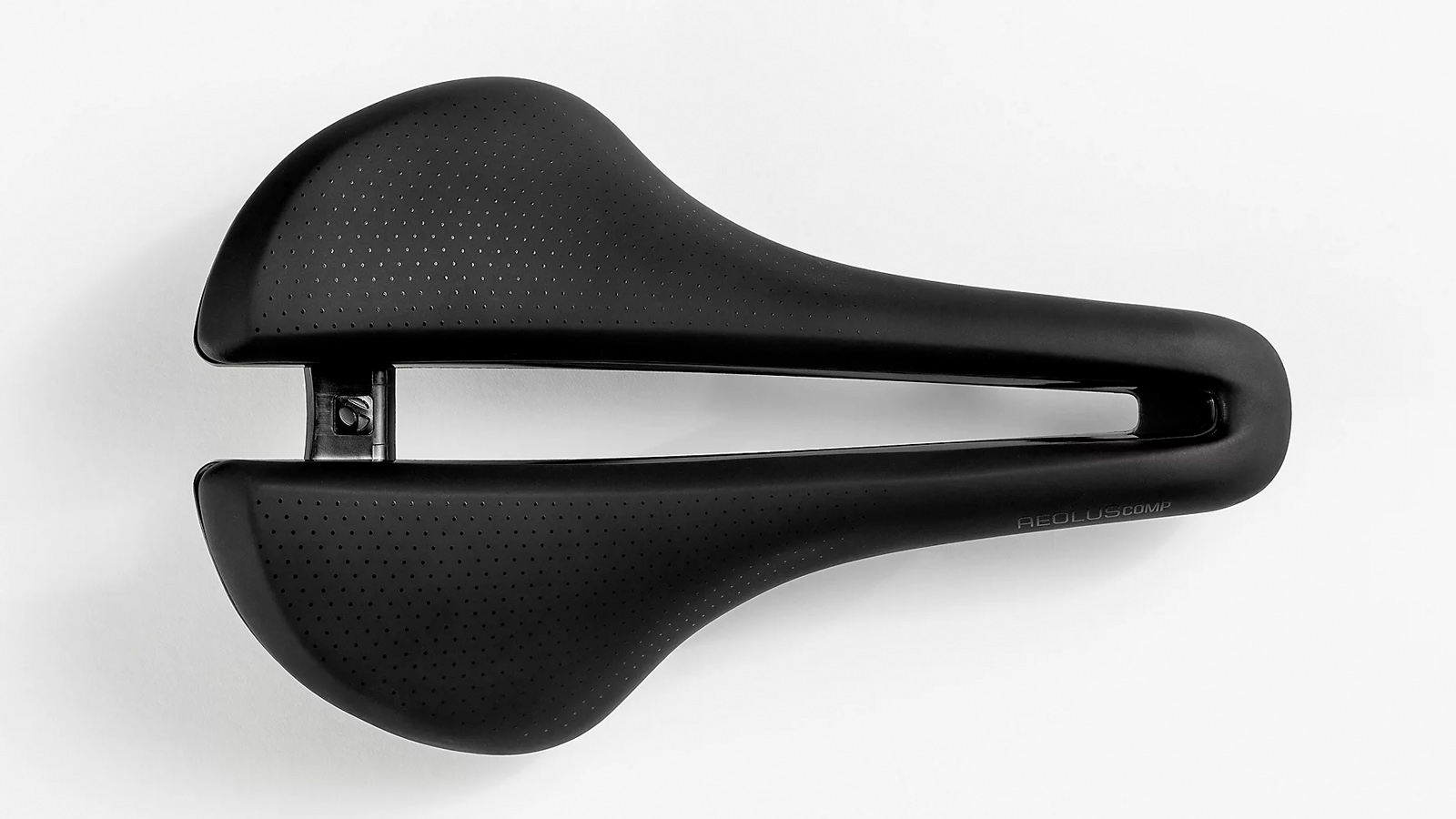
Aeolus Elite
Specifications
Reasons to buy
Reasons to avoid
Bontrager's Aeolus is a short saddle with a broad pressure-relieving channel in the middle and wide nose. The cutout runs nearly the entire length of the saddle, and the rails are housed at the front which to bolster compliance and comfort.
We've featured the Elite version here which has Austenite rails (claimed to be lighter and stronger than titanium) and a composite shell. It comes in a Pro version with carbon rails and a comp version with steel railing.
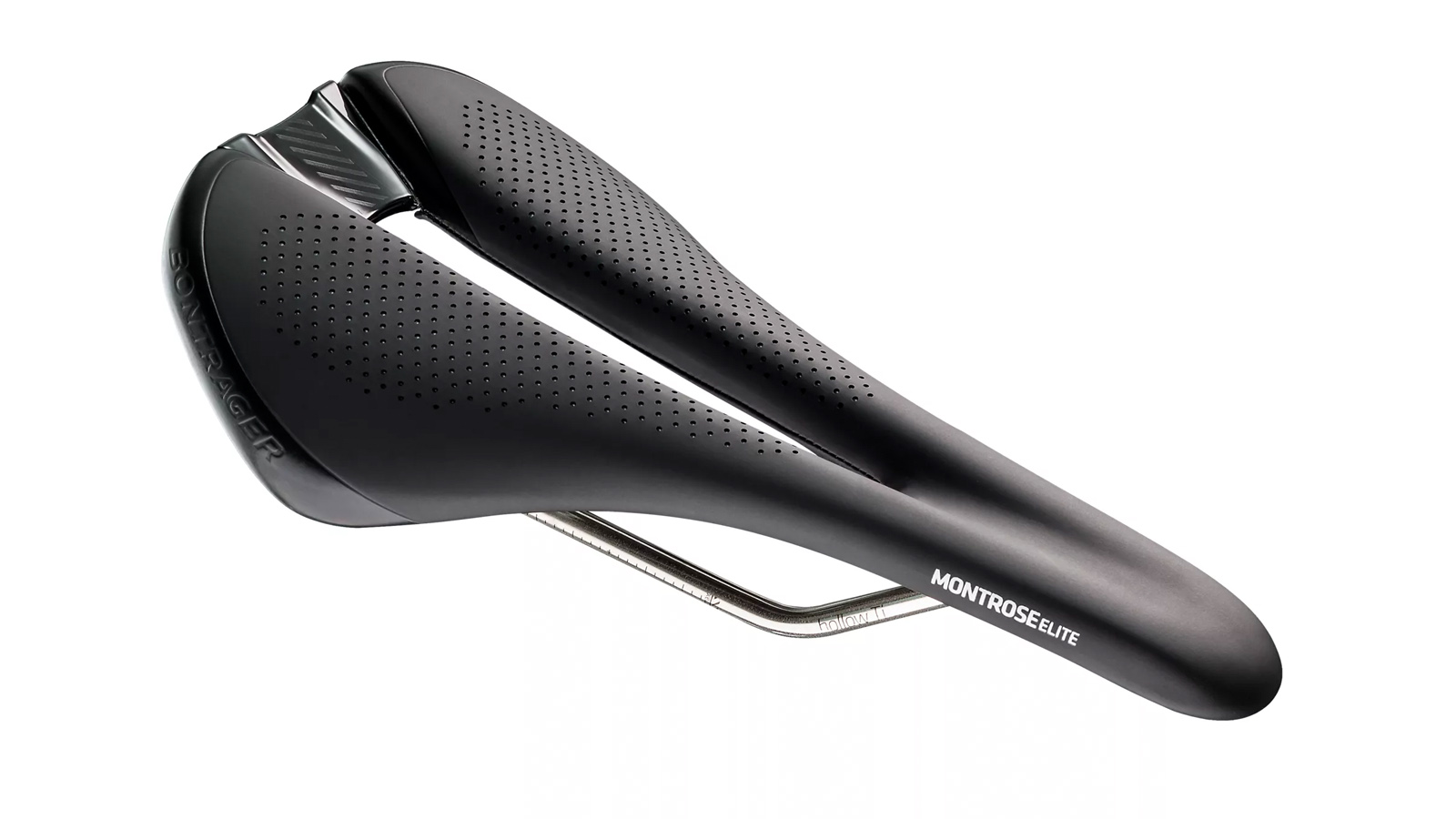
Montrose Elite
Specifications
Reasons to buy
If you’ve ridden or purchased a Trek bike in the past five or so years you’ve probably used a Montrose saddle — the brand still specs it on everything from full-suspension mountain bikes to the lightweight Trek road bikes. Based on the brand's Posture 2 position geometry, the shape - featuring a wide cut out and broad nose - suits a wide variety of people.
Underneath are hollow titanium rails. The edges are covered in an abrasion-resistant polymer to prevent rips, and the carbon fibre-reinforced shell finds a good balance between strength and weight. Bontrager also offers both a carbon-fibre- and a steel railed-version, too.
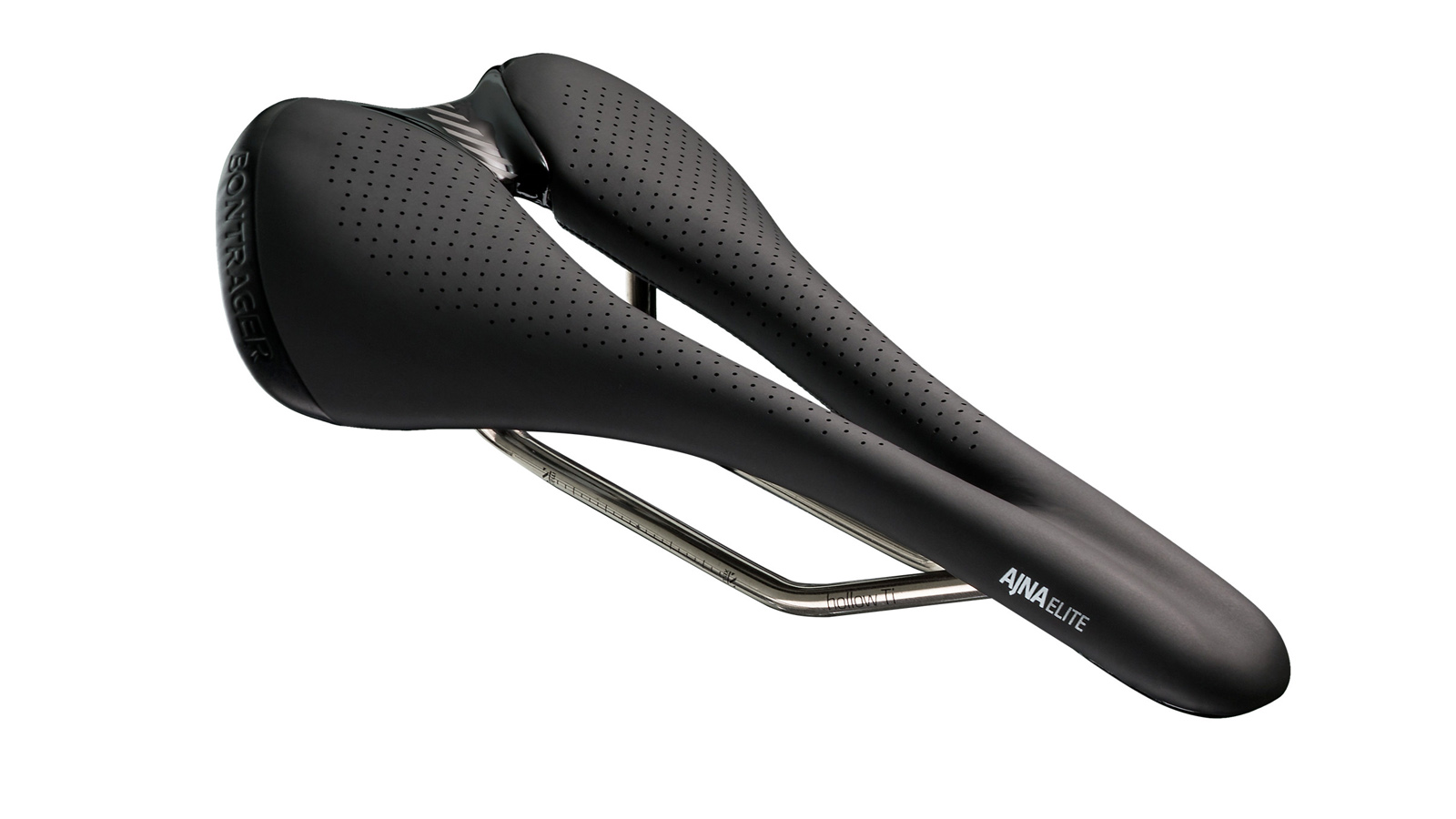
Ajna Elite
Specifications
Reasons to buy
Reasons to avoid
The Ajna is a women’s specific saddle also based around the Posture 2 shape with a wide cutout that is designed to work well on both road and mountain bikes — it also happens to be road World Champ Mads Pedersen’s saddle of choice.
Like the Montrose, it features a broad nose and polymer anti-abrasion panels on the back, but it's a bit flatter and wider in overall shape. The Elite models come with hollow titanium rails while Bontrager offers the saddle with carbon rails and steel rails, too.
Wheels
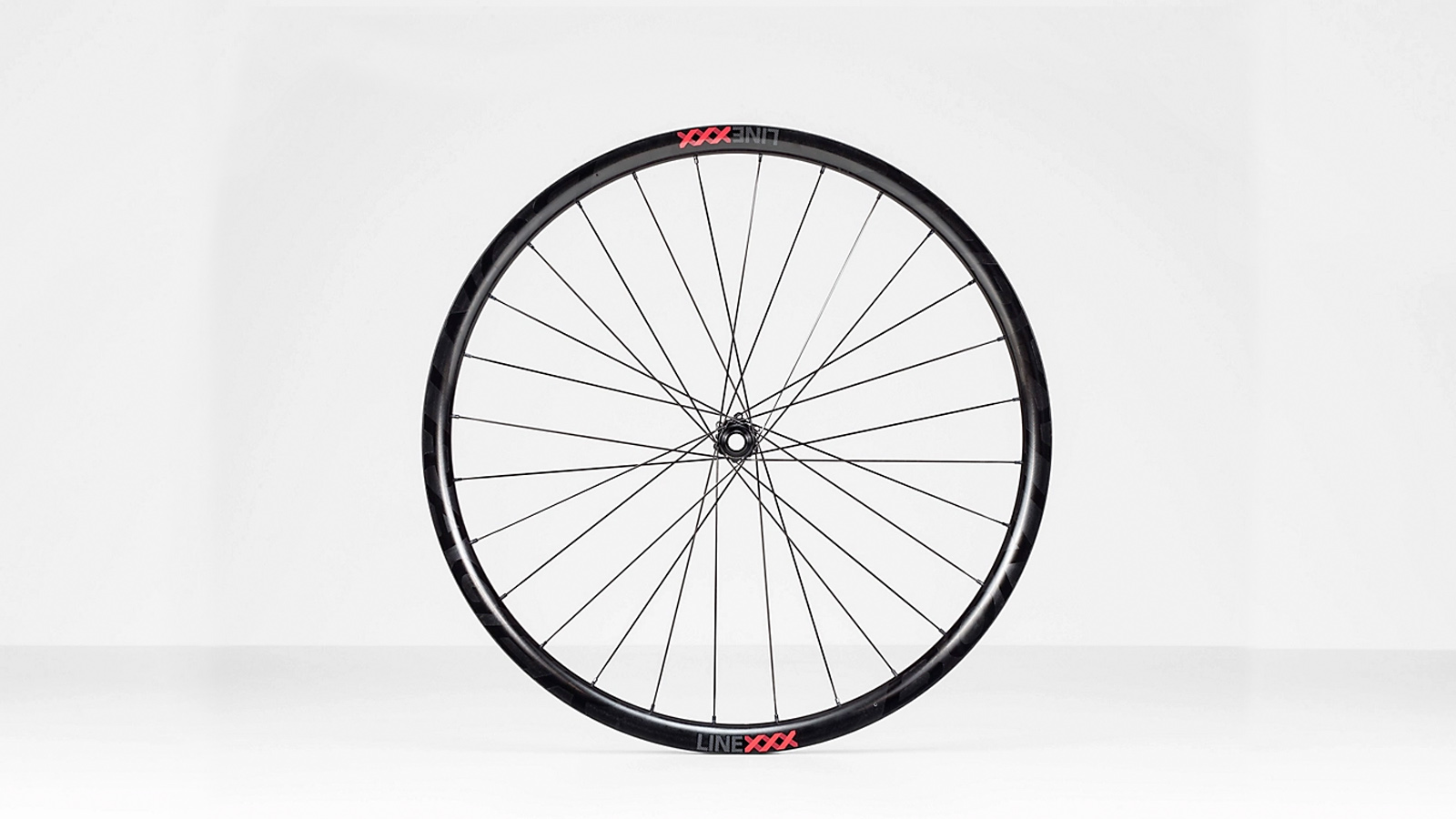
Line XXX
Specifications
Reasons to buy
Reasons to avoid
We are finally getting to the point where carbon mountain bike rims aren’t a liability. They now offer the weight and compliance properties that make them desirable but without the inevitable crack that’s going to ruin your day — and the balance of your bank account.
Manufactured in the brand’s Waterloo facility the Line XXX or Bontrager's Halo trail and enduro-ready wheel are manufactured using the brands OCLV carbon fibre, which measure 29mm wide. The rims are technically hookless; however, there is a hook that’s designed to interface with the brand's plastic rim strips. The Line XXX spin on DT Swiss 240hubs with a 52-tooth star ratchet system (which can also be upgraded) for quick engagement.
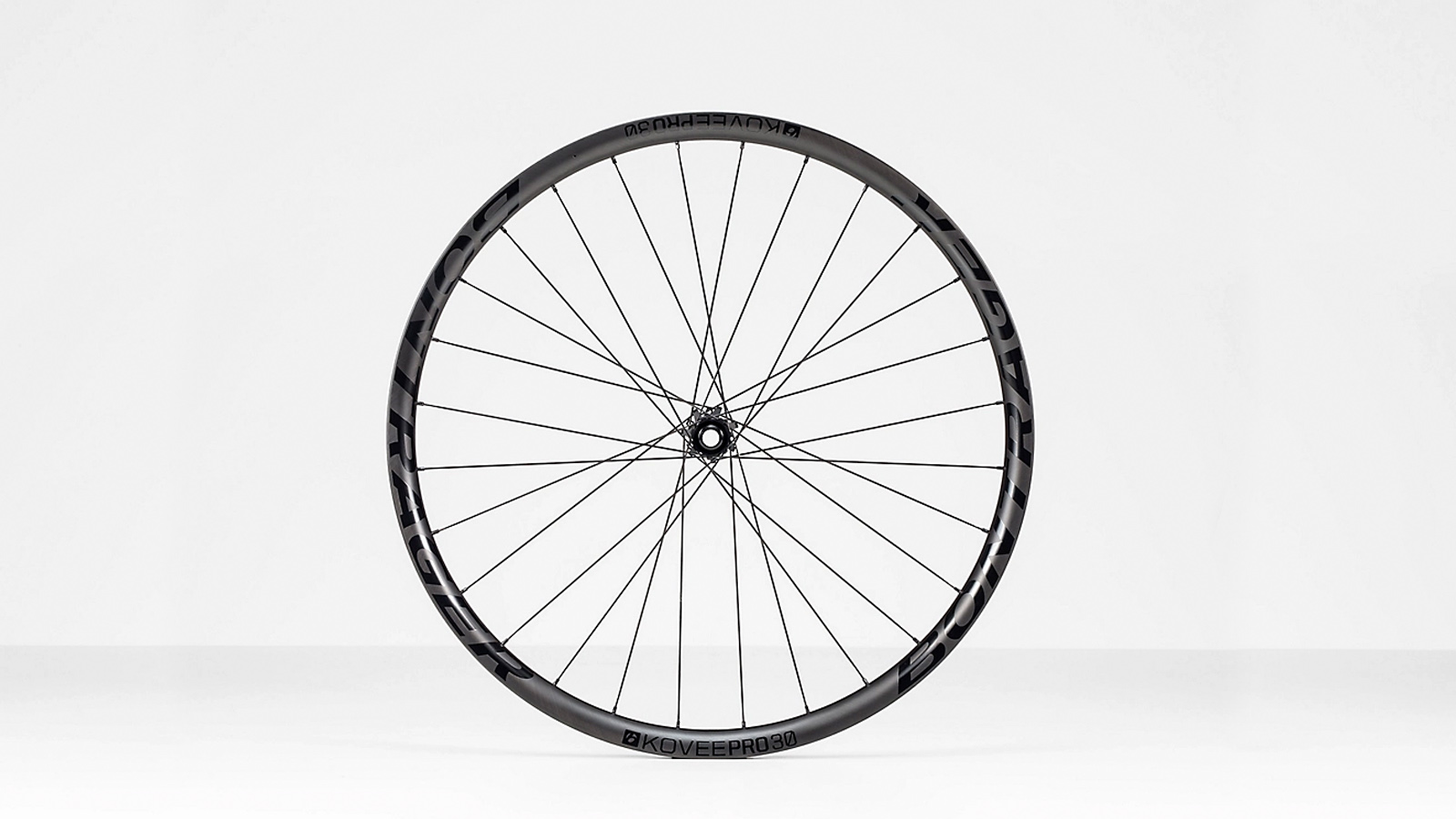
Kovee Pro
Specifications
Reasons to buy
Reasons to avoid
The Kovee Pro is Bontrager's flagship XC race hoops. They have an internal width of 29mm and feature the same hookless, but not actually hookless, inside rim profile that makes setting up tubeless a cinch.
They are made from the brand's OCLV carbon fibre and tip the scales t 1610g bare sans rotors, rims strips and axles. Bontrager has opted for the Rapid 108 hubs which have 52 points of engagement, complete with DT Swiss internals that can be upgraded on request.
These wheels are also appreciably light and snappy, and track well in an out of corners but if it's something a bit more rough-and-tumble that you're after rather go with the Line XXX option.
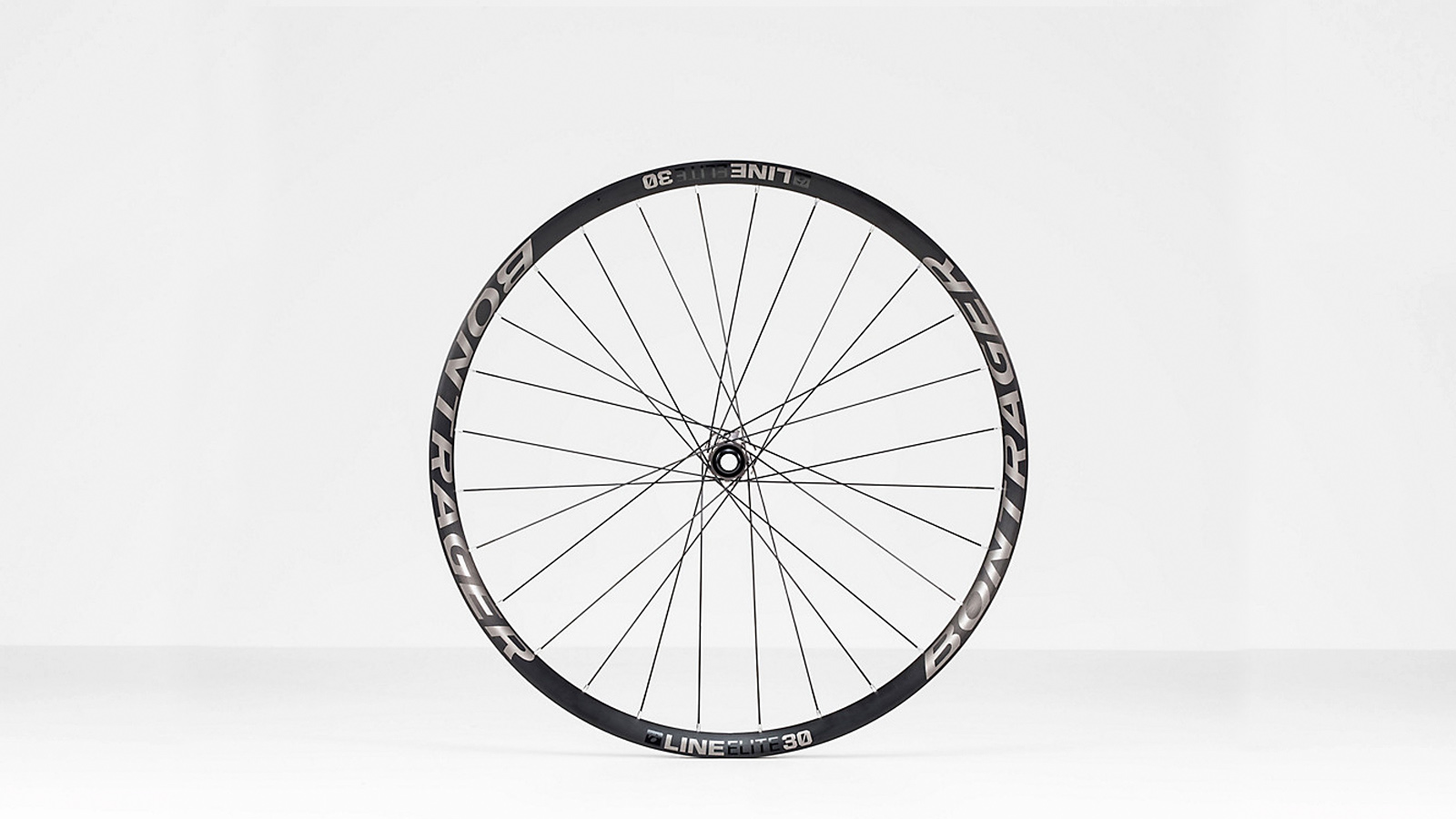
Bontrager Line Elite 30 TLR Boost
Specifications
Reasons to buy
Reasons to avoid
The downside of carbon rims is they don’t dent, they just brake. It doesn’t happen nearly as often as before but it's still a big concern and one that can't be entirely ruled out. An alloy rim, on the other hand, can be repaired - most dents and dings can be pounded out.
Which brings us to the brand's workhorse alloy trail and enduro hoops - the Bontrager Line Elite 30. They are 29mm between the bead and spin on the brands Rapid 108 hubs which can also be optioned with DT Swiss internals.
If it's hard-hitting wheel capable of soaking up big hits, rooty terrain while at the same time offering superlative trail feedback and response, you can't go wrong with the Bontrager Line Elite 30.
Lights
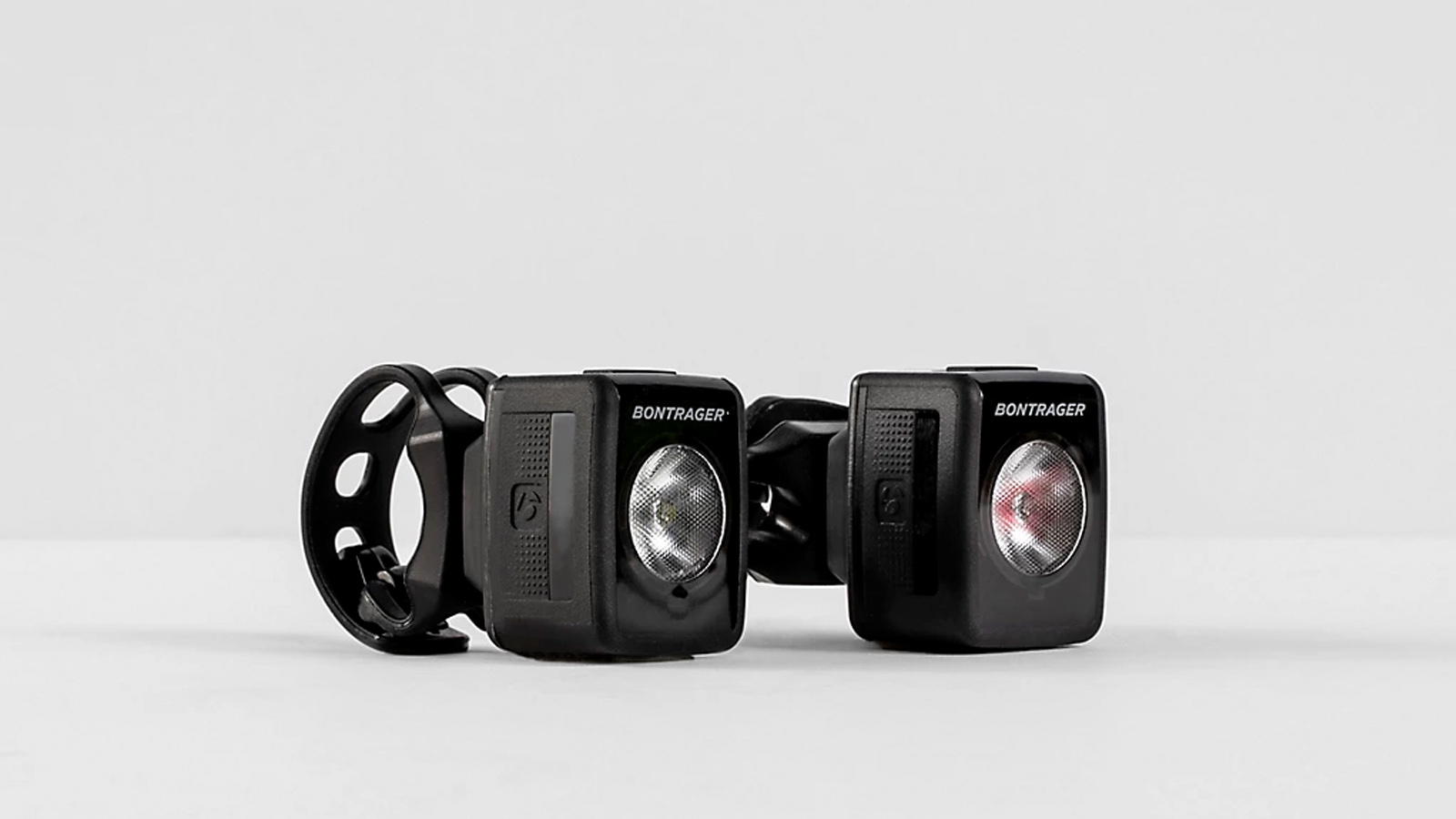
Flare RT and Ion RT Lights
Specifications
Reasons to buy
Reasons to avoid
Bontrager’s Flare RT light is only a 90-lumen light, however with some clever optics it is one of the most visible lights on the market — claimed to be visible from up to 2km away in broad daylight.
The RT version is more compact than its predecessor and, tipping the scales at 40g, is lighter too. The battery is claimed to last up to 12 hours in all-day flash mode, and when the light begins to run out of juice, it enters low power mode, designed to give you an extra 30min to make sure you get home. It's ANT+ enabled and speaks the same language as your Garmin cycling computer to communicate battery status and control.
The Ion 200 RT light has most of the same features and is based around the same form factor but ups the power to 200 lumens. Both of these lights fall squarely in the 'to be seen' category not 'to see,' for more info check out our guide on the best lights.
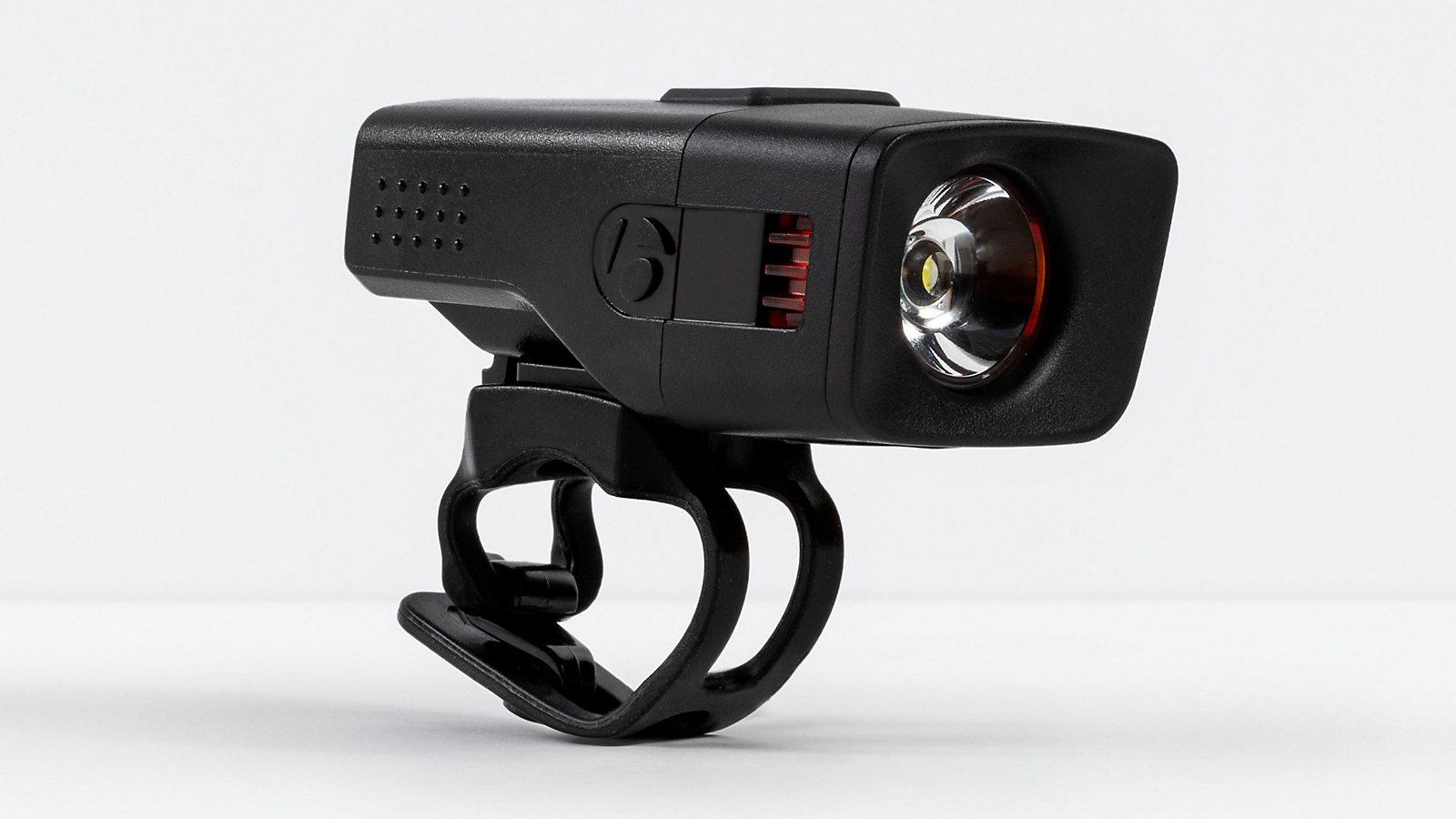
Ion 450 R Front light
Specifications
Reasons to buy
Reasons to avoid
Falling into both the 'to see' and 'to be seen' category, with 450 lumens the Ion 450 R is ideal for commutes or rides to and from the trailhead. At its brightest, the rechargeable battery will last one and a half hours and 10 hours in flash mode - the optics are tuned that the light is visible 2km away.
The included silicon quick connect mount works with bars of all shapes and sizes, and the light also plays nicely with Trek’s Blendr integration system. At 100g it's not a porker, with only a minor footprint on your cockpit.
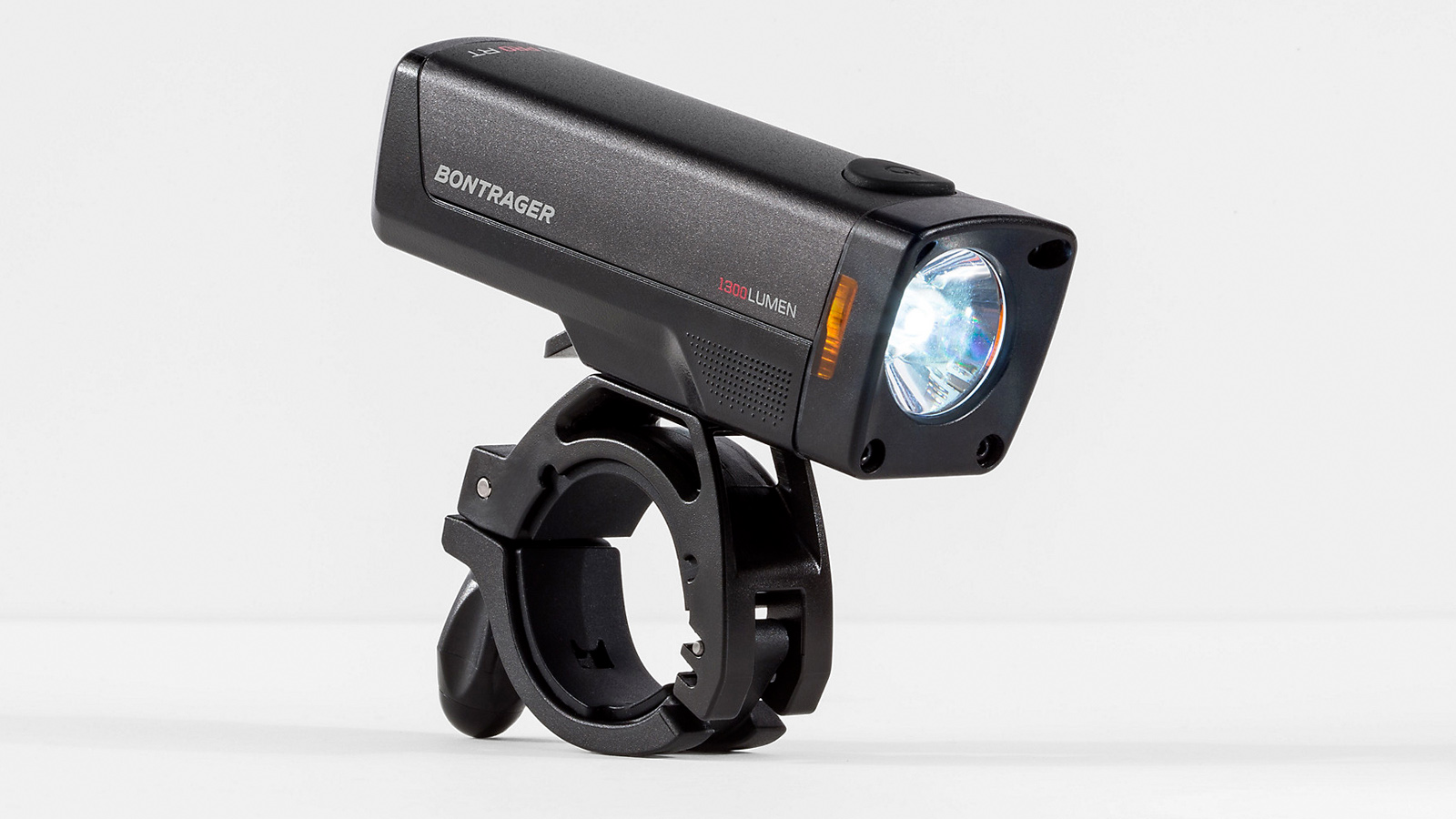
Ion Pro RT
Specifications
Reasons to buy
Reasons to avoid
The Ion Pr RT is a light that packs 1300 lumens and has a beam shape that’s ideal for illuminating the road or trail but can also be spotted from 2km away. The beam is quite warm in colour and forms more of a spot than a flood; small windows on the side add lateral visibility and weighing 187g it's best mounted on your helmet.
The mount utilises a chunky thumbscrew that’s actually big enough to use while wearing gloves but also has a stop at the end so you don’t lose the nut. At full bore, the lithium-ion rechargeable battery will last about an hour and a half while nighttime flash mode can generate nearly 26 hours of run time.
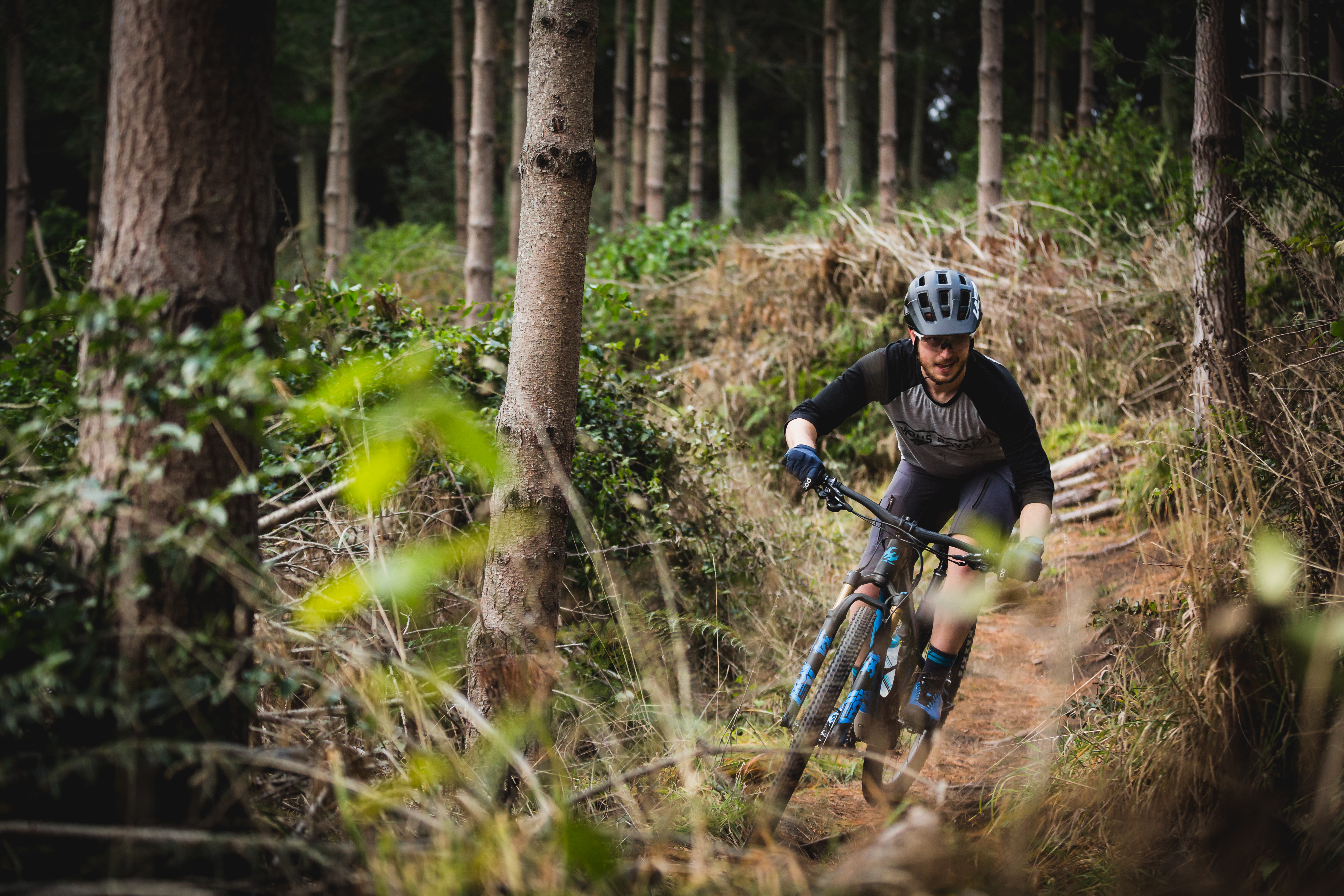
Born and bred in Colorado, and now based in Australia, Colin comes from a ski racing background and started riding as a way to stay fit through the summer months. His father, a former European pro, convinced him to join the Colorado State University collegiate cycling team, and he hasn't stopped since. It's not often he pins on a number nowadays, and you'll likely find him in search of flowy singletrack, gravel roads and hairpin corners. Colin has worked at Bikeradar and is a regular contributor to Australian Mountain Bike and Cyclist magazines.
Rides: BMC Team Machine SLR01, Trek Top Fuel 9, Ibis Ripley
